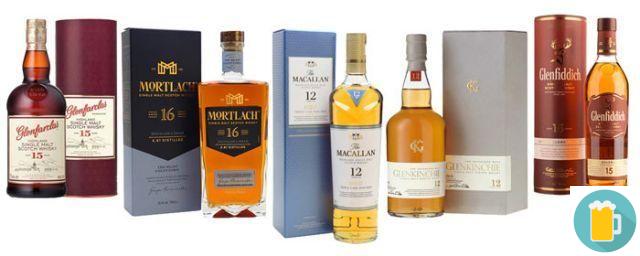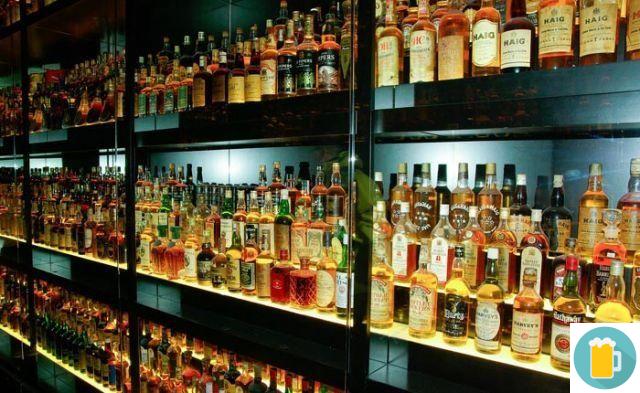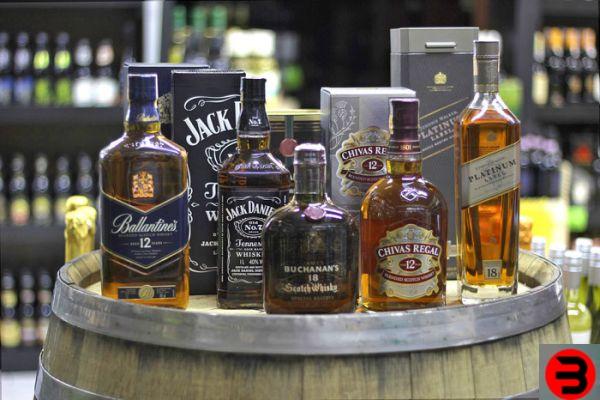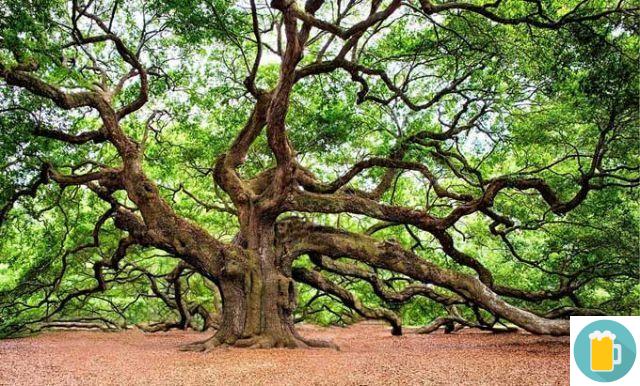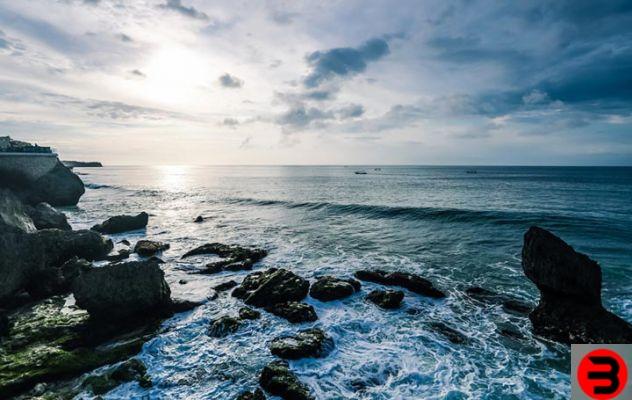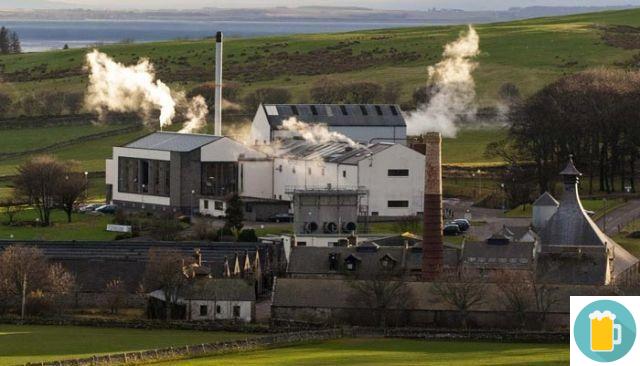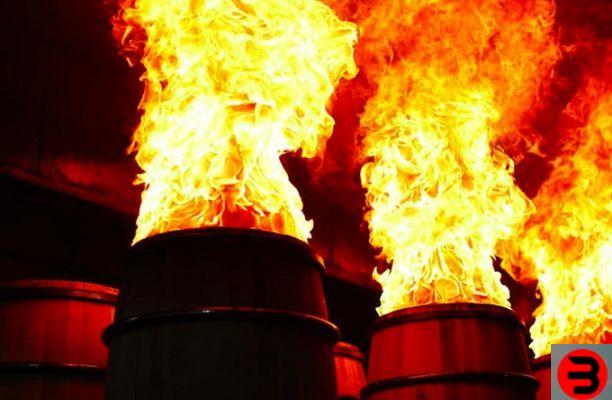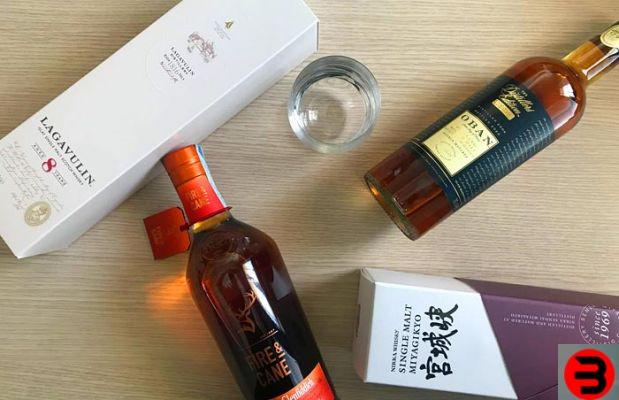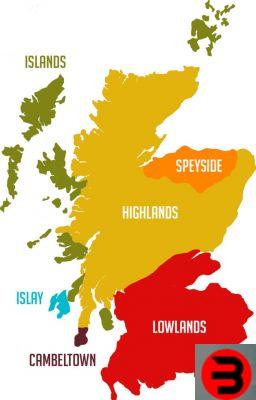
Production areas of Scottish whiskey
Scotch whiskey is a complex drink rich in aromatic characteristics. Each scotch whiskey has very different scents and flavors from region to region.
If you've ever tried one scotch whisky and asked yourself questions like "Why does this whiskey taste so different from another scotch?", "How does the region where it is produced affect the flavor of Scotch whiskey?" or “why do I only like the taste characteristics of some Scotch whiskeys?”, this is the guide for you.
The basics of scotch whiskey
For a whiskey to be called scotch whiskey, it must be made in Scotland and aged for at least three years in oak barrels. This whiskey can be a blend of several distilleries, known as blended scotch whiskey, or single malt, which is a single distillery malt whiskey. If you want to learn more, read our guide to types of whiskey.
Any age statement on a scotch whiskey (for example, 10 years, 12 years or 18 years) refers to the youngest spirit in the cask.
How many whiskey areas are there in Scotland?
There are six whiskey regions: Highlands, Lowland, Speyside, Islands, Campbeltown e Islay.
Islay, as an island in the Hebrides, is sometimes considered part of the Scottish Islands region, but its flavor characteristics are so distinctive that it makes sense to call it the sixth region.
Speyside
This territory is the beating heart of scotch whiskey, it is in fact in Speyside that the largest number of distilleries in all of Scotland are concentrated.
The region is named after the river Spey which cuts this territory in two, others are supplied by its main tributaries: the Livet, the Fiddich and the Avon.
The Speyside region is characterized by being a very fertile territory with a characteristic Scottish landscape.
What do Speyside whiskeys taste like?
These whiskeys are thick full of fruity flavors and rich in dried fruita and tend to have a character meno torbato compared to other scotches.
Apple, pear, honey, vanilla and spices all have a role to play in Speyside whiskey.
Main Speyside distilleries
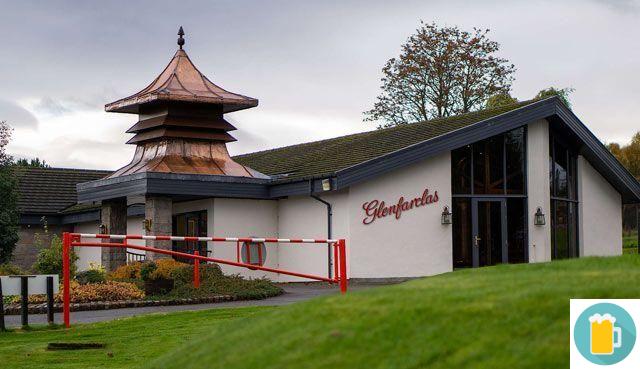
Among the many distilleries in the region, we point out Macallan, Glenfiddich, Glen Elgin, The Balvenie, Glenlivet e Glenfarclas, which in our opinion are among the best.
Highlands
A huge region covering most of the Scottish mainland north of Glasgow and Edinburgh featuring plateaus covered with heather.
What do Highland whiskeys taste like?
The single malts produced in this region can also be very different from each other, thanks to the peculiarities of each distillery, but above all thanks to the fact that this territory is very large and different sub-areas coexist, each with different characteristics that affect the taste of whiskeys.
Generally speaking, these single malts are little or medium peaty, lively and elegant, with hints of heather, fruit and a slight final spice. They are fairly light and "easy" scotch whiskeys.
Major Highland Distilleries
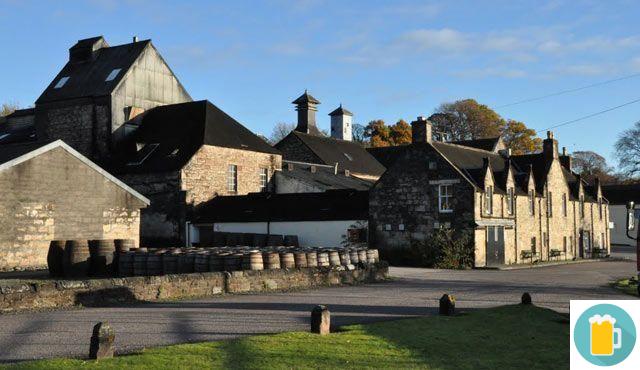
Among those in the Highlands, our favorite distilleries are Dalmore, Edradour, Glenmorangie, Teaninich, Oban, Ardmore e Dalwhinnie.
Lowlands
It is the most densely populated area in all of Scotland, characterized by long, more or less flat expanses, no mountain or waterfall, the ideal place for growing cereals.
What do Lowland whiskeys taste like?
They mirror the territory in which they are born, generally Lowland whiskeys are gentle, delicate, fresh and floral. Generally they do not have smoky scents and if present, they are very delicate, barely mentioned.
Major Lowland Distilleries
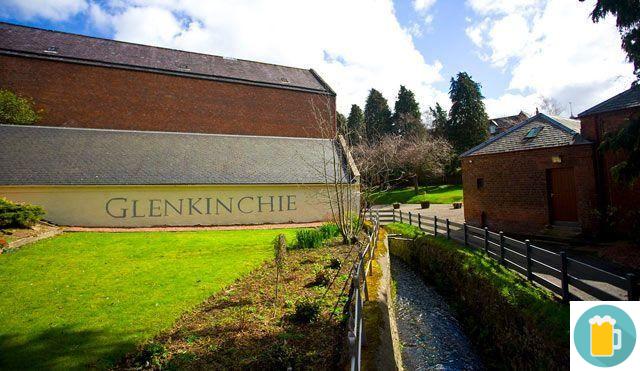
At the moment there are only three distilleries active in this region: Glenkinchie, Bladnoch e Auchentoshan.
Islay
So formidable that its region deserves, the island of Islay, the southernmost and most exposed of the Inner Hebrides of Scotland, its territory is characteristic and decidedly sour, perpetually ventilated and brackish thanks to the ocean that surrounds it.
What do Islay whiskeys taste like?
Scotch whiskeys produced on Islay are the strongest, most decisive and full-bodied in Scotland. If you love the peaty whiskeys, this is where you have to fish. Islay single malts are pungent peat, smoke and salinity, revealing their complexity layer by layer.
Major Islay Distilleries
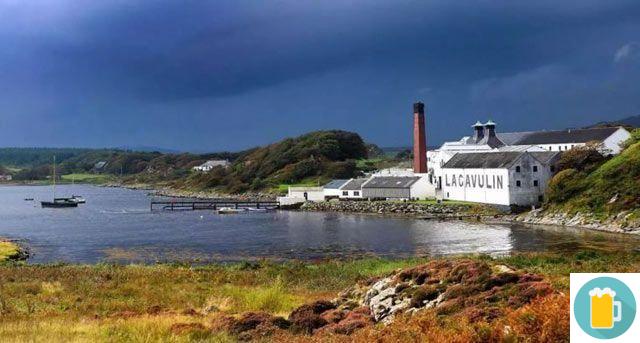
All of the Islay distilleries produce, in our opinion, whiskey of the highest range, they are Laphroaig, Lagavulin, Kilchoman, Caol Ila, Bunnahabhain, Bruichladdich , Bowmore e Ardbeg. The legendary distillery should also reopen in 2021 Port Ellen.
Islands
Most of these whiskeys are dyed by the salinity of the sea, but beyond that, their flavor profiles vary wildly from island to island.
What do Islands whiskeys taste like?
An intensely smoky Talisker from Skye is very different from the heather and honey notes of a scotch like Orkney's Highland Park. Other distilleries offer a middle ground, malted between sweetness and smoke.
Main distilleries of the Islands
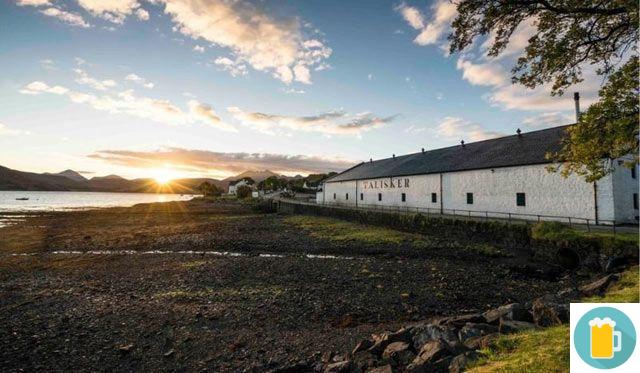
Talisker, Highland Park, Isle of Jura, Tobermory, Arran are the main distilleries of this region.
Campbeltown
A small region at the tip of a peninsula between Arran, Islay and Northern Ireland, Campbeltown once thrived with 30 whiskey distilleries, but is now home to only three producers.
What do Campbeltown whiskeys taste like?
Its malts are quite unique, they give off salt, sweetness, smoke and taste like vanilla and fruit at the same time.
The Campbeltown distilleries
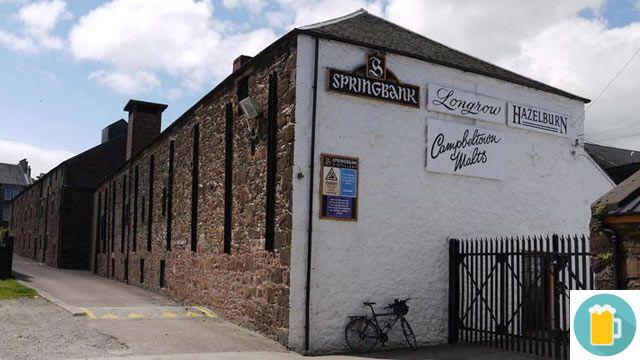
The last three distilleries present in Campbeltown are Springbank, Glen Scotia e Glengyle.
What are your favorite whiskeys? Which region of Scotland do you draw your favorite single malts from? Let us know in the comments.




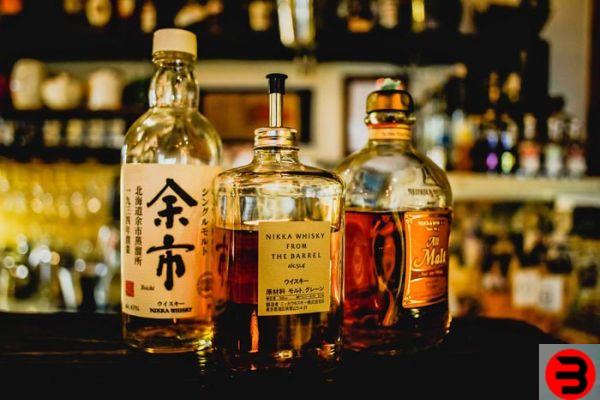
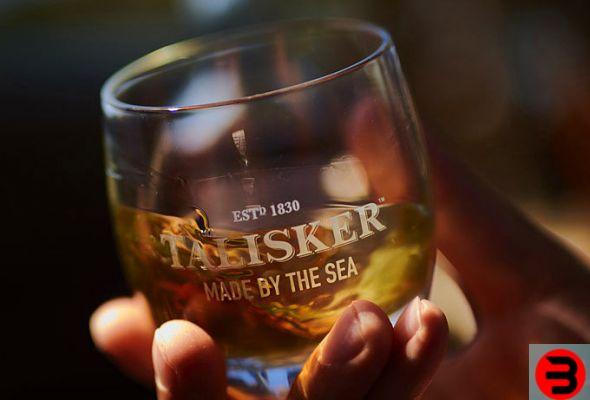
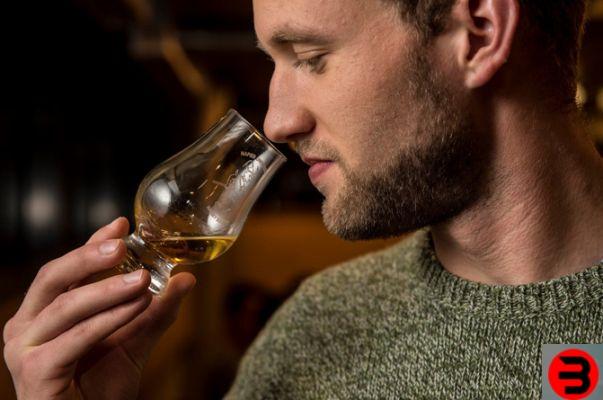
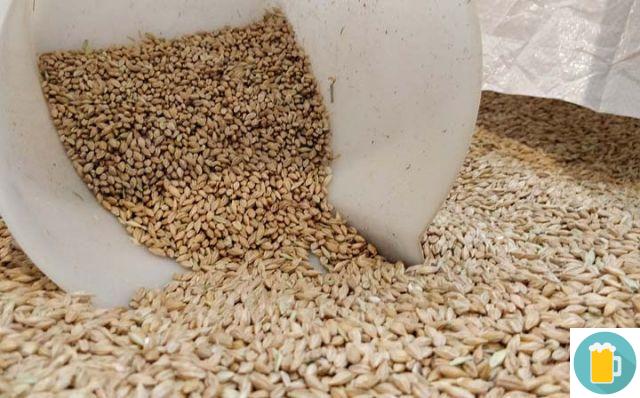
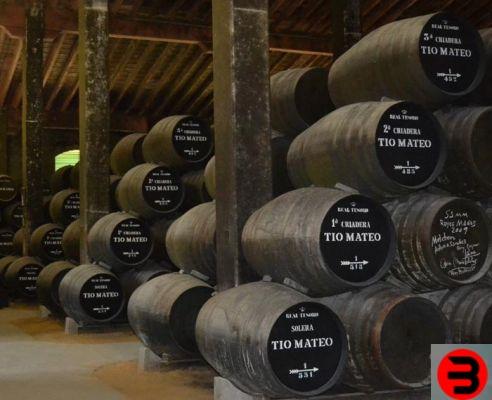
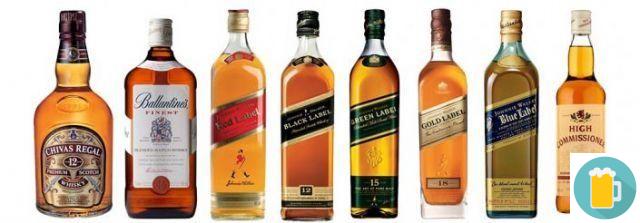
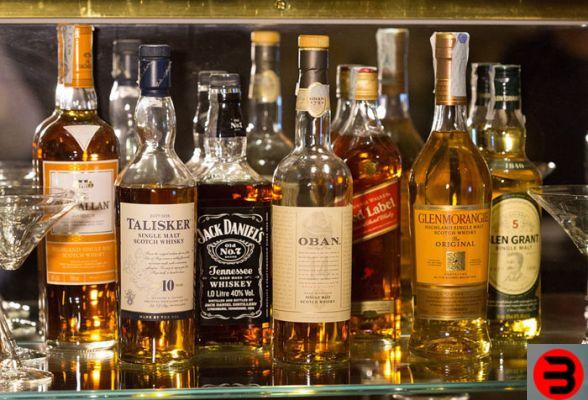
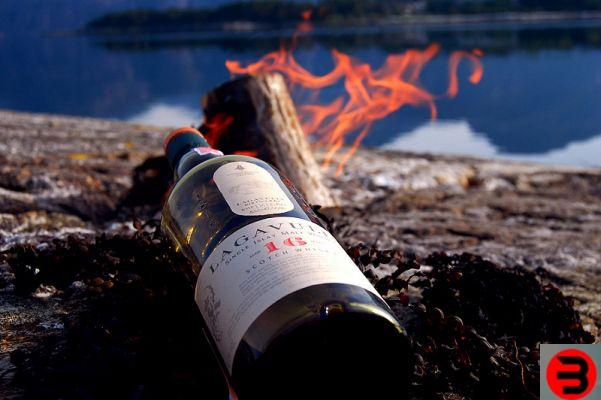
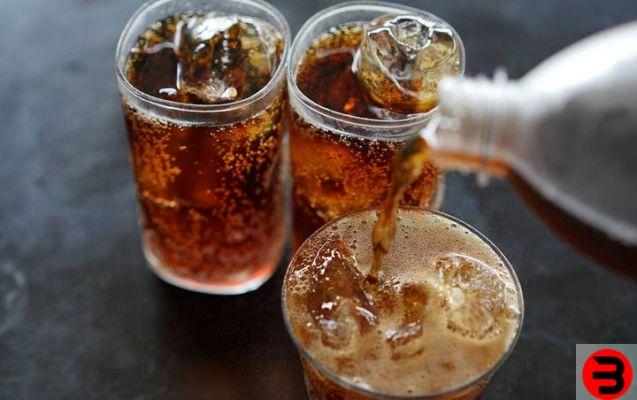

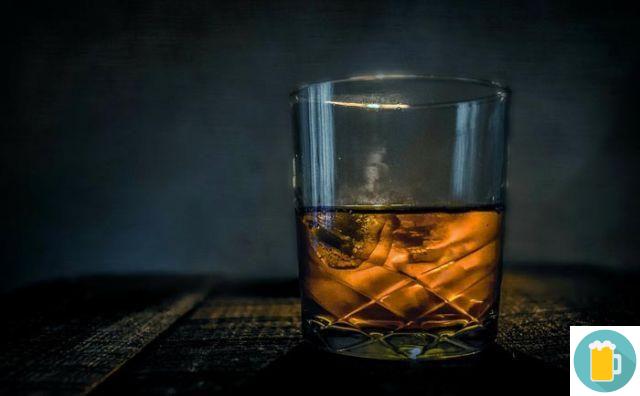
![Best Whiskey: the 7 TOP in the world [GUIDE 2021]](/images/posts/203dea461b3d4004c339a63a3f69a0dd-0.jpg)
